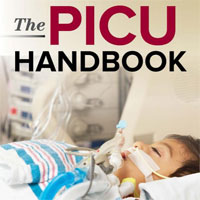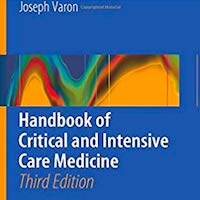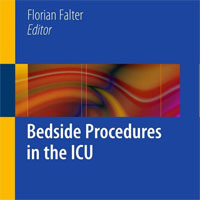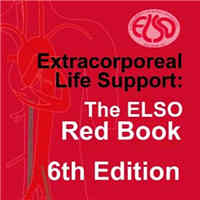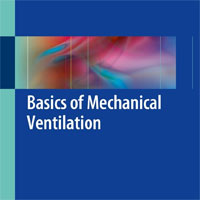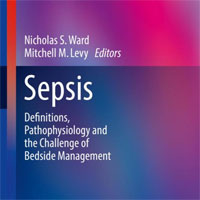Tag: monitoring
IFG vs. CBG in Patients with Multiple Organ Failure Requiring Vasopressor Infusion
Interstitial flash glucose (IFG) does not demonstrate either analytical or clinical accuracy to be considered equivalent to capillary blood glucose (CBG) in patients with multiple organ failure who require vasopressor infusion. This... read more
Heart Rate Control in Septic Shock: Echocardiographic Evaluation and Monitoring
Our study demonstrated a modest reduction in heart rate by approximately 10 beats per minute, accompanied by a slower decrease in noradrenaline requirements com-pared to the control group in the overall population. This... read more
AI Interpretation of Chest Radiographs in the ICU. Ready for Prime Time?
Chest radiography (CXR) is the primary tool to visualize thoracic pathologies in the ICU. However, accurate interpretation of CXRs is challenging, even when imaging is performed under optimal conditions. This results... read more
Evidence-Based Critical Care
This is the premier evidence-based textbook in critical care medicine. The Third Edition features updated and revised chapters, numerous new references, streamlined content, and new chapters on key topics such as the new... read more
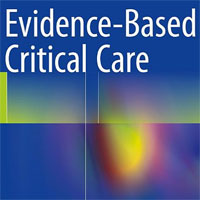
UFNET Fluid Removal Strategy Secured by Hemodynamic Monitoring vs. Standard of Care in patients with CRRT
An early and active UFNET strategy secured by an advanced hemodynamic protocol using dynamic indices of preload dependence had the capacity to control H72 FB in an ICU population of patients with acute circulatory failure,... read more
Accuracy of Continuous Glucose Monitoring Systems in ICU Patients
In this scoping review of CGM accuracy in the ICU, we found great diversity in accuracy reporting. Accuracy varied depending on CGM and comparator, and may be better for intravascular CGM and potentially lower during hypoglycemia. We... read more
Non-invasive vs. Arterial Pressure Monitoring in the Pre-hospital Critical Care Environment
Non-invasive blood pressure measurements are often inaccurate within the pre-hospital critical care setting, particularly in patients with hemodynamic instability which are the group in which the accuracy of vital signs is... read more
Critical Care Device Series: External Ventricular Drain
External ventricular drainage (EVD), is one of the most frequently performed neurosurgical procedures, with approximately 20,000 performed annually. EVD placement is often considered a lifesaving measure to alleviate severe... read more
Longitudinal Vasoactive Inotrope Score Trajectories and Their Prognostic Significance in Critically Ill Sepsis Patients
This study offers significant insights into the prognostic value of VIS trajectories in sepsis patients. The identification of distinct trajectory patterns not only underscores the heterogeneity in sepsis but also emphasizes... read more
Another Perspective on Tidal Volume: From Statistics to Uncertainty
We have read with great interest the recent editorial by Pellegrini et al. Undoubtedly, now more than ever, we have begun to question the true role of tidal volume (VT) in acute respiratory distress syndrome (ARDS). As... read more
Perioperative Hemodynamic Monitoring and Goal Directed Therapy: From Theory to Practice
This unique book provides clinicians and administrators with a comprehensive understanding of perioperative hemodynamic monitoring and goal directed therapy, emphasizing practical guidance for implementation at the bedside.... read more
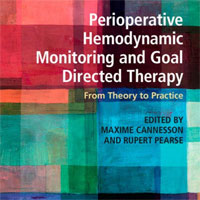
Fluid Boluses May Improve CRT
Several studies have validated capillary refill time (CRT) as a marker of tissue hypoperfusion, and recent guidelines recommend CRT monitoring during septic shock resuscitation. Therefore, it is relevant to further explore... read more
10 Reasons for Pharmacy Professionals Presence in the ICU
The momentum exists for establishing and expanding ICU pharmacy practice throughout Europe. A first step should be a White Paper, describing the roles and key priorities for ICU pharmacy professionals. Education should... read more
Simple Blood Test Indicating Sepsis Relapse
Sepsis is often not adequately diagnosed at the early stage when it could still be potentially avoidable. In this report, we describe the dramatic hematological changes found in the blood of a sepsis survivor just after discharge... read more
Intracranial Pressure: Current Perspectives on Physiology and Monitoring
Intracranial pressure (ICP) monitoring is now viewed as integral to the clinical care of many life-threatening brain insults, such as severe traumatic brain injury, subarachnoid hemorrhage, and malignant stroke. It serves... read more
Plasma Exchange in the ICU
In this narrative review, we discuss the relevant issues of therapeutic plasma exchange (TPE) in critically ill patients. For many conditions, the optimal indication, device type, frequency, duration, type of replacement... read more
Pulmonary Aeration and Posterior Collapse Assessed by Electrical Impedance Tomography in Healthy Children
The aim of this study was to evaluate the changes in the lung aeration estimated by electrical impedance tomography as the end-expiratory lung impedance after anesthesia induction in pediatric patients. This was a prospective,... read more
A Decade of Progress in Critical Care Echocardiography
Critical care echocardiography (CCE) is now widely accepted by the critical care community as a valuable tool in the ICU and emergency department, and in perioperative settings. It allows rapid and accurate diagnosis,... read more
Patients Monitored Using Wearable Monitors Experienced Fewer Unplanned ICU Admissions
Implementation of continuous monitoring of patient vital signs using wearable monitoring technology linked wirelessly to hospital systems was associated with a reduction in unplanned ICU admissions and rapid response team... read more
Physiological Responses to In-Bed Cycle Ergometry Treatment in ICU Patients with External Ventricular Drainage
These data suggest that supine CE in a heterogeneous cohort of neurocritical care patients with EVDs is safe and tolerable. Larger prospective studies are needed to determine the efficacy and optimal dose and timing of supine... read more
Hemodynamic Monitoring (Lessons from the ICU)
This book, part of the European Society of Intensive Care Medicine textbook series, teaches readers how to use hemodynamic monitoring, an essential skill for today's intensivists. It offers a valuable guide for beginners,... read more
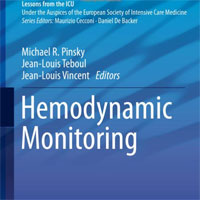
Multi-Organ Point-Of-Care Ultrasound in AKI
Acute kidney injury (AKI) is a clinical syndrome caused by a multitude of hemodynamic, toxic, and structural insults to the kidney, and portends worse patient outcomes. Despite careful history taking, physical examination,... read more


